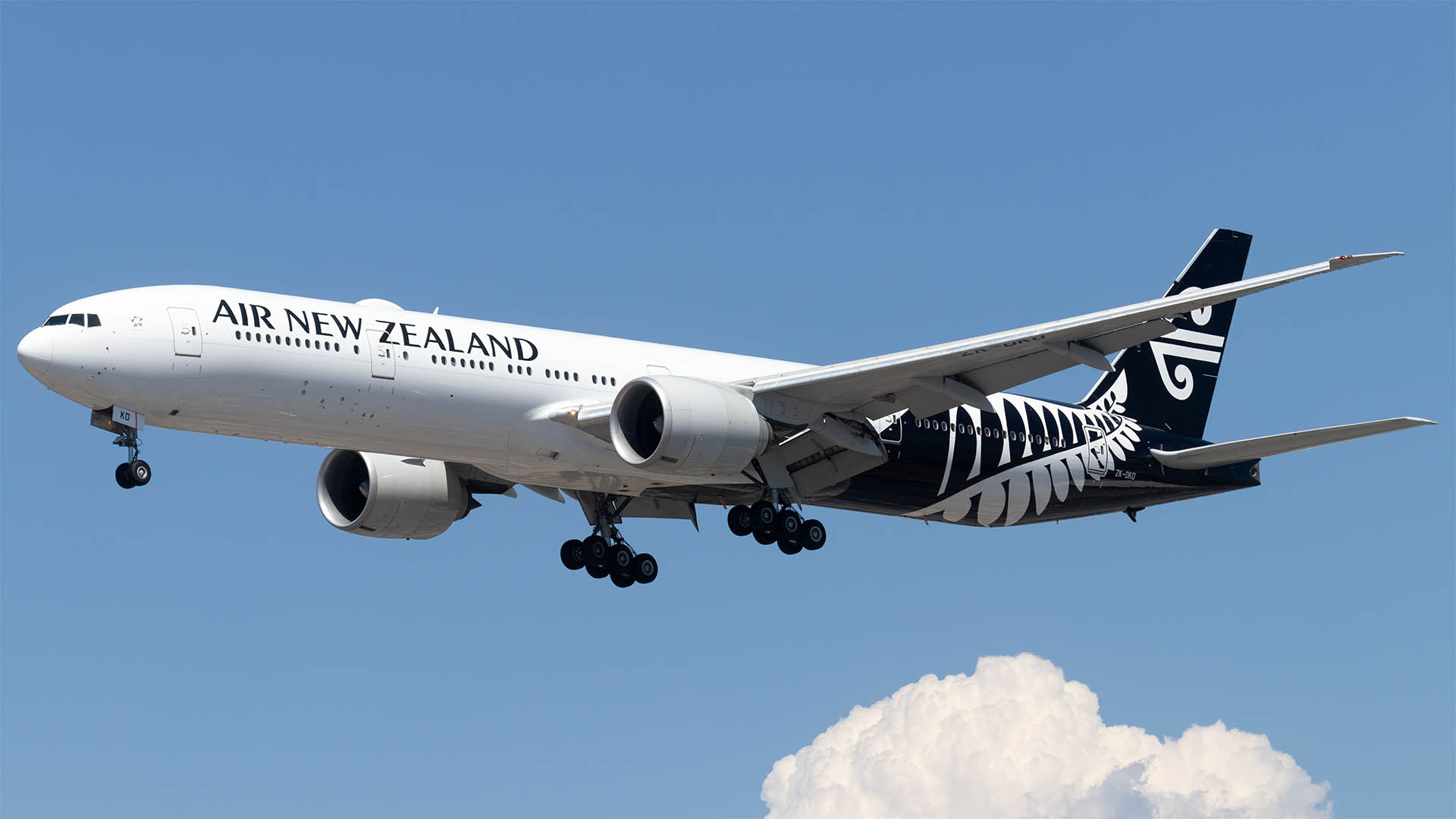It’s no wonder that News Corp (NWS) were sold off after the company yesterday reported its first ever first quarter trading report as a company separate to the other businesses of the Murdoch empire in 21st Century Fox (which reported last week).
The news wasn’t good and indicates that Australia remains a black hole for the Murdochs’ analogue print and small digital businesses – with the group’s Aussie papers suffering a massive 22% fall in revenues in the quarter from what was already a weak quarter in the same period of 2012.
The shares fell up to 4% at one stage in late US trading and that weakness continued into Australian trading yesterday where they fell more than 3% to $18.40.
The company said that net income for the quarter was $US38 million compared to a net loss of $US83 million in the September quarter of 2012.
But on an adjusted basis (to take account of various one off items), News said net income more than halved to $US17 million from $US37 million in the same quarter of 2012. That was on revenue of more than $US2 billion, which is a tiny result.
Even though CEO Robert Thomson tried to put a positive spin on them, the first quarter financial results contained a long list of sub par data, especially from Australia where the group’s newspapers and the Fox Sports businesses were noticeably weak. The first quarter is when former News Corp Australia boss Kim Williams was ejected from the company by restive local newspaper executives.
Lower advertising revenues, especially in Australia were highlighted in the report.
It would seem that the News Corp papers incurred a loss for the quarter in this country.
Fox Sports Australia saw a 20% plus fall in operating profit because of the higher costs of the NRL contract. And there were again costs associated with the News of the World phone hacking scandal – although they were lower than previously.
Circulation revenues were boosted by higher cover prices, but that disguised widespread and massive losses in sales in Australia in the quarter, led by the Daily and Sunday Telegraphs in Sydney and the Herald Sun in Melbourne (weekday, Saturday and Sunday editions in each city).
The company said that first quarter earnings before interest, tax, depreciation and amortisation (ebitda, a favoured measure in the media) rose 8% to $US141 million in the quarter from $US89 million in September quarter of 2012. But that was something of an illusion, as the company explained. There was actually a fall in earnings at this level.
"This improvement was mainly due to the consolidation of Fox Sports Australia and lower costs at News and Information Services as well as for the claims and investigations arising out of certain conduct at The News of the World, partially offset by higher losses at Amplify and foreign exchange fluctuations." But excluding all costs relating to the News of the World case, and the impact of sales, purchases and foreign exchange, the operating profit (EBITDA) fell 5% in the quarter," the company revealed.
And while revenue fell 3% to $2.07 billion, restated to remove the impact of asset sales, purchases and foreign exchange, the fall was 4%.
The group said in its report that revenues in its main business – the News and Information division "decreased $171 million, or 10%, compared to the prior year. Australian newspapers revenues declined 22% and accounted for the majority of the revenue decline compared to the prior year. Total segment advertising revenues declined 12%, driven by weakness in Australia and moderating declines at Dow Jones and News UK versus the prior year, offset by continued growth at News America Marketing driven by improving sales performance from its in-store business.
"Circulation and subscription revenues declined 6%, due to lower print volume and a decline in Institutional revenues at Dow Jones, partially offset by cover price increases at the U.K. and Australian newspapers as well as improvements at The Wall Street Journal and WSJ.com. Foreign exchange fluctuations had a 4% negative impact on advertising revenues and a 3% negative impact on circulation and subscription revenues. Excluding the impact of divestitures and foreign exchange fluctuations, Segment revenues declined 6%," News said.
News said the Fox Sports Australia business saw revenues of $132 million in the first quarter and ebitda of $US29 million.
"On a stand-alone basis, strong growth in advertising revenues from improved ratings and increased government election spending, coupled with higher subscription revenues, was offset by foreign exchange fluctuations, leading to revenues being flat versus the prior year. Segment EBITDA declined 31% on a stand-alone basis, primarily driven by the timing of higher expenses associated with the National Rugby League rights contract which began in March 2013. Excluding the impact of foreign exchange fluctuations, revenues increased 14% from the prior year and Segment EBITDA decreased 21%," News said of Fox Sports.
But there was better news from the Realestate.com business where revenues rose $US9 million or 11% in the quarter and segment ebitda also rose $US9 million. News said that excluding the impact of foreign exchange fluctuations, revenues and Segment EBITDA increased 23% and 43%, respectively.
"In the first quarter of fiscal 2014, News Corp incurred gross fees and costs of $40 million related to the U.K. Newspaper Matters compared to $61 million incurred in the prior year. The net impact on Segment EBITDA after indemnification from 21st Century Fox was $17 million in the current quarter." News said.
And the future?
Well, CEO Thomson said there "are certainly headwinds in Australia, magnified by inauspicious currency movements".
"But we have been consistently cost conscious and are transforming our publishing operations longer term into multi-platform businesses. We are vigorously pursuing a strategy to improve our revenue prospects and we look forward to updating all in future quarters."
Mr Thompson told analysts in a teleconference in the US that the company wanted to become less ad-dependent and more subscription focused.
So do a lot of media companies, such as The Financial Times and New York Times which already get more money from subscriptions and income than they do from advertising in the print editions. The FT has more digital subscribers than print buyers and the New York Times is heading down that route. News Corp is well down the list of companies making the transition.
The main takeaway from this result is to ask why invest in media at the moment as it undergoes structural change? This is a sector that is changing by the week and there’s more red ink and losses to come for all players.












